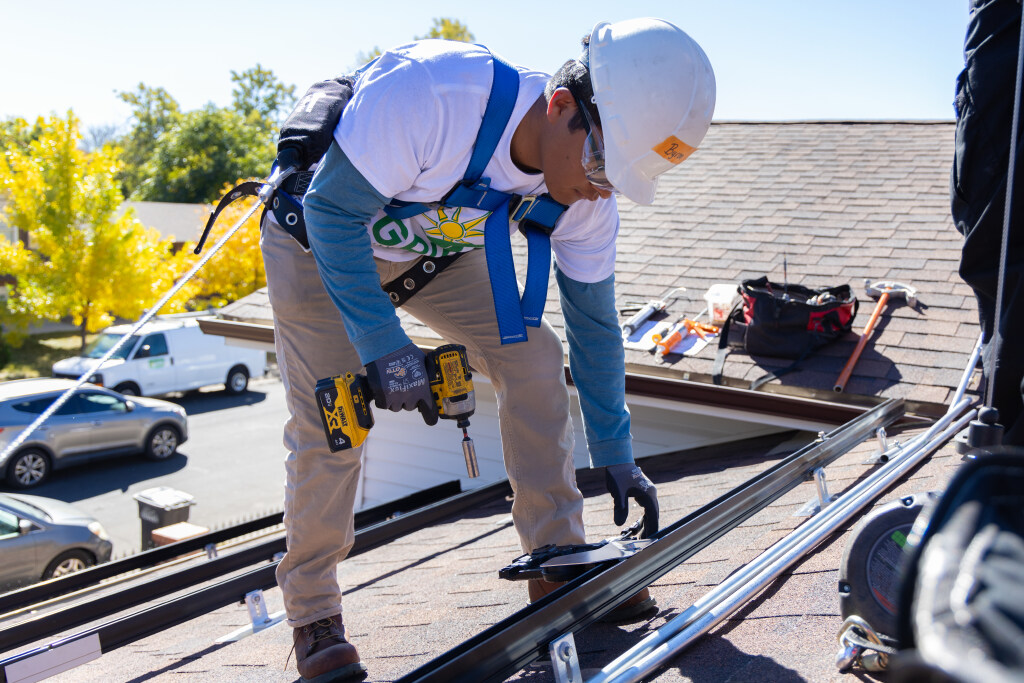
The U.S. solar industry added 32.4 GW of new electric generating capacity in 2023, accounting for 53% of all new electric generating capacity added to the grid last year, according to a new report from the Solar Energy Industries Association (SEIA) and Wood Mackenzie. It’s likely the momentum won’t stop there.
This growth represents a 37% increase from the previous record set in 2021 and a 51% increase from 2022. 2023 marks the first time in 80 years that a renewable electricity source has accounted for more than half of annual capacity additions.
The U.S. Solar Market Insight 2023 Year in Review report includes forecast scenarios that show how policy and economic factors could impact the solar market. The scenarios consider various factors including interest rates, tax credit financing, trade policy, supply chain availability, and interconnection, amongst others, over the next 10 years. There is a 200 GW difference between the high- and low-case forecasts by 2034.
Solar module manufacturing capacity grew from 8.5 GW to 16.1 GW in 2023. However, record-low prices for modules and a tough economic environment could make it difficult for U.S. manufacturers to follow through on announced facilities. In 2023, prices for monofacial and bifacial solar modules fell 26% and 31%, respectively. The United States currently does not have any ingot, wafer, or cell manufacturing facilities in operation.
Every solar market segment saw year-over-year growth in 2023, bringing the total installed solar capacity in the United States to 177 GW. The utility-scale sector alone added 22.5 GW of new capacity, while nearly 800,000 Americans added solar to their homes.
Energy storage use continues to grow across the country. In 2023, solar + storage accounted for 13% of residential installations and 5% of non-residential installations. In 2024, 25% of new residential installations and 10% of non-residential installations will have storage.
Texas led the nation for new solar installations with 6.5 GW, exceeding California for the second time in the last three years. California’s residential solar market will likely struggle in 2024 after changes to net metering policies take effect, contributing to a projected 36% decline across all segments in the state.
Colorado and Ohio are among the top 10 solar states in 2023 for the first time in over a decade, while Wisconsin made its debut appearance in the top 10. More than half of U.S. states have 1 GW of total installed solar capacity.





